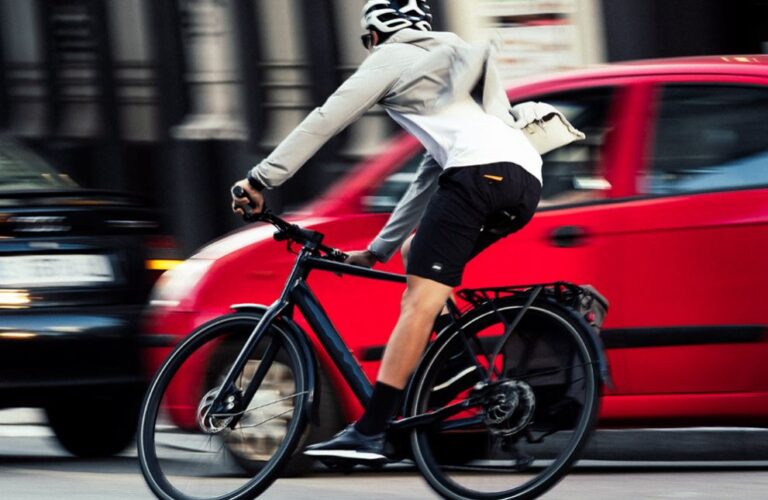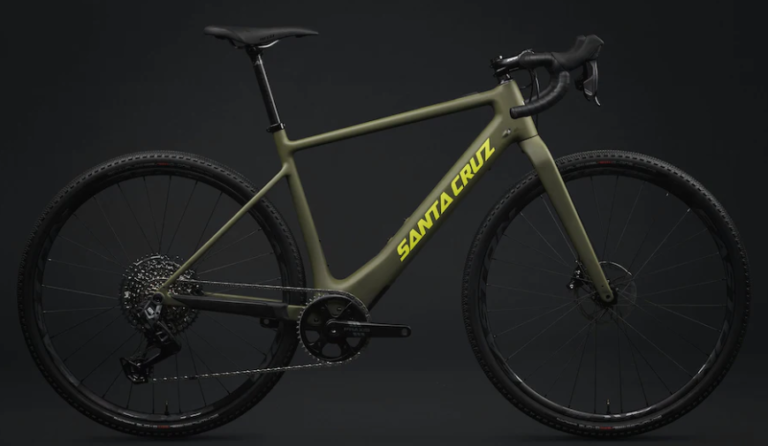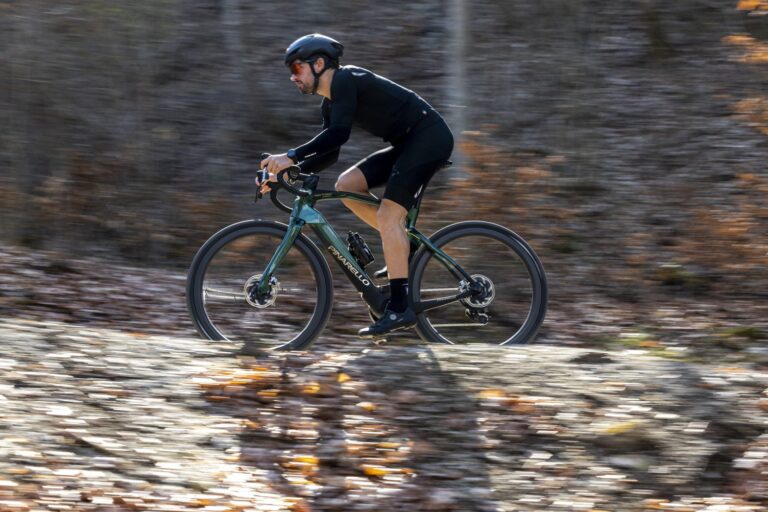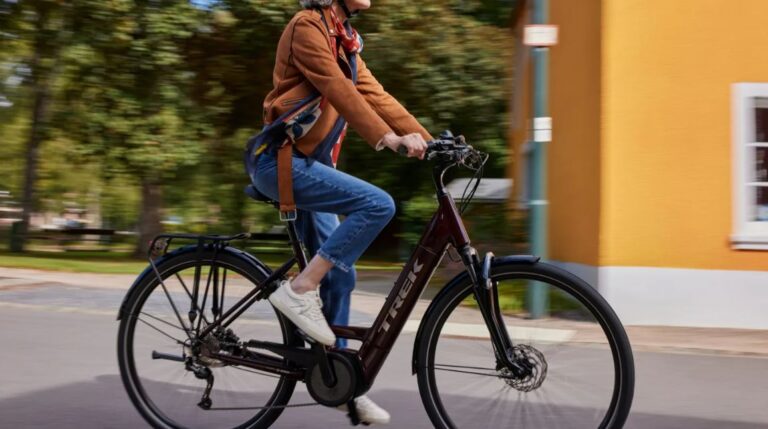The Ultimate eBike Etiquette Guide
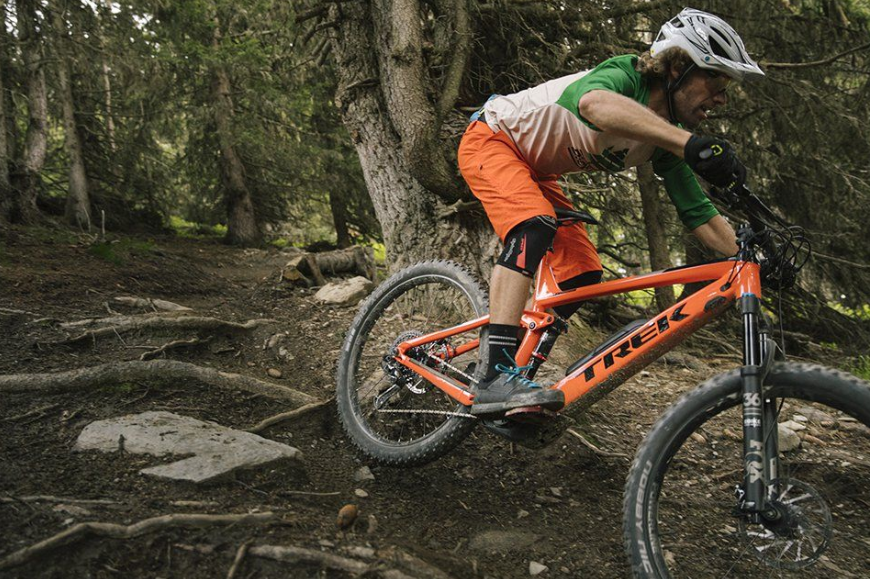
Welcome to the exciting world of electric biking! As eBikes gain popularity for their eco-friendliness, health benefits, and sheer fun, it’s essential to navigate this burgeoning landscape with respect and awareness. Whether you’re a seasoned cyclist or new to the eBike community, understanding and practicing good etiquette is key to ensuring a safe and enjoyable experience for everyone involved.
The Essentials of The Ultimate eBike Etiquette Guide
In this ultimate eBike etiquette guide, we’ll explore the nuances of eBiking across different terrains and environments. From the adrenaline-fueled mountain trails to the bustling city streets and the scenic gravel paths to the open road, each setting offers unique challenges and joys. This guide is designed to provide you with comprehensive tips and advice on how to be a considerate and responsible eBiker, no matter where your adventures take you.
The ultimate eBike etiquette guide covers the essentials of trail respect, road safety, urban commuting, and how to coexist harmoniously with nature, pedestrians, and other vehicles. Additionally, we’ll sprinkle in some fun tips and tricks to enhance your riding experience. So, strap on your helmet, charge up your battery, and let’s embark on this journey to become exemplary ambassadors of the eBike community!
Expanding on The Ultimate eBike Etiquette Guide, let’s delve deeper into each category, adding more nuanced advice and fun tips:
1. Gravel eBikes: Navigating Nature with Care
- Plan Your Adventure: Research your route ahead of time, considering terrain and weather conditions.
- Leave No Trace: Carry out what you carry in, including batteries and any other eBike accessories.
- Wildlife Awareness: Be mindful of local wildlife; slow down and keep your distance.
- Fun Tip: Capture your journey with a mounted camera but remember to enjoy the view beyond the lens!
2. Road eBikes: Harmony on the Highway
- Dress for Success: Wear appropriate safety gear and high-visibility clothing.
- Stay in Your Lane: Use bike lanes where available and avoid weaving between traffic.
- Group Ride Etiquette: Ride single file or two abreast, depending on local laws, and communicate with your group.
- Fun Tip: Create a road eBike playlist with energizing tunes (but keep one ear free to stay alert!).
3. Mountain eBikes: Conquering Peaks Responsibly
- Trail Conditions: Check trail status before your ride; avoid wet or muddy trails to prevent damage.
- Skill Level Awareness: Choose trails that match your skill level to ensure a safe ride.
- Eco-Conscious Riding: Avoid skidding and sliding, which can erode trails and disturb the habitat.
- Fun Tip: Take breaks to enjoy the mountain vistas and maybe even spot some wildlife!
4. City Cruiser eBikes: Urban Exploration with Etiquette
- Navigating Traffic: Be extra vigilant at intersections and always signal your intentions.
- Respect Public Spaces: Don’t block sidewalks, ramps, or access points with your eBike.
- Bike Lane Courtesy: Pass slower riders carefully and signal when overtaking.
- Fun Tip: Explore local eateries and coffee shops on your route for a delicious break!
Final Tips for All eBikers:
- Maintenance Matters: Regularly check your eBike’s condition, including brakes, tires, and battery.
- Community Engagement: Join local eBike groups or forums to share experiences and tips.
- Be an Ambassador: Represent the eBiking community positively by setting a good example.
Click the Links Below to Find the Best eBikes Reviewed, Rated, and Ranked
The Ultimate eBike Etiquette Guide: Conclusion
Embracing these detailed etiquette guidelines will enhance your eBiking experience and contribute to a positive, respectful community. Whether you’re tackling rugged mountain trails, cruising city streets, gliding along scenic roads, or exploring gravel paths, remember to ride responsibly, have fun, and enjoy every pedal of your journey!
John
FAQ’s
What is the road etiquette for eBikes?
Road etiquette for eBike riders is crucial for ensuring safety and smooth interaction with other road users. Here are some key points to consider:
- Follow Traffic Laws: Just like regular bicycles, eBikes are subject to the same traffic rules. This includes obeying traffic signals, stop signs, and yield signs.
- Lane Usage: Use bike lanes where available. If riding on the road, stay as far to the right as is safe and practical, except when making a left turn, passing another cyclist, or avoiding hazards.
- Signaling: Always use hand signals to indicate turns or lane changes well in advance. This helps motorists and pedestrians anticipate your movements.
- Visibility: Ensure you are visible to other road users. This includes using lights (front white light and rear red light) and reflectors, especially in low light or at night, and wearing reflective or brightly colored clothing.
- Speed Awareness: Be mindful of your speed. eBikes can go faster than traditional bikes, so it’s important to ride at a safe speed, especially in traffic and crowded areas.
- Passing Safely: When passing pedestrians or other cyclists, do so on the left and give them plenty of room. Announce your presence with a bell or a friendly verbal warning like “on your left.”
- Stay Alert: Keep an eye out for cars, pedestrians, and potential hazards. Avoid using headphones or engaging in anything that could distract you from the road.
- Group Riding: If you’re riding in a group, follow local laws regarding how cyclists should ride together, such as riding single file or two abreast, and ensure not to block traffic.
- Respect Pedestrians: Yield to pedestrians at crosswalks and be particularly cautious in areas with high pedestrian traffic.
- Parking: Park your eBike responsibly. Do not block sidewalks, handicap access areas, or emergency routes.
Being courteous and predictable on the road not only keeps you safe but also promotes a positive image of the eBike community.
What is the average age of eBike riders?
There isn’t a universally agreed-upon average age for eBike riders since the demographics vary significantly across different regions and types of eBikes. However, several trends were noted:
- Older Adults: eBikes have been particularly popular among older adults, typically those in their 50s, 60s, and above. This popularity is due to the electric assist feature, which makes cycling more accessible for those who might face challenges with traditional bikes due to age-related physical limitations or health issues.
- Commuters and Urban Users: In urban areas and among commuters, the age range tends to be broader. Younger professionals and middle-aged individuals often use eBikes for commuting and urban travel, attracted by the convenience, cost-effectiveness, and environmental benefits.
- Recreational Riders: For recreational and fitness purposes, eBike users can span a wide range of ages, from young adults to seniors. The appeal here crosses generational lines, with different age groups finding value in the versatility and extended range of eBikes.
- Regional Variations: The average age of eBike riders can vary significantly by region. For instance, in some European countries, eBikes are widely used by a diverse age range, while in other regions, they might be more popular among specific age groups.
The ongoing growth in the eBike market and its increasing appeal to a broader audience suggest that the average age of eBike riders may continue to diversify.
Should I leave my eBike battery plugged in all the time?
It’s generally not recommended to leave your eBike battery plugged in all the time. Here are some key considerations for battery care and longevity:
- Overcharging: Modern eBike batteries typically have built-in mechanisms to prevent overcharging. However, consistently leaving the battery plugged in after it’s fully charged can potentially reduce its lifespan.
- Battery Health: Lithium-ion batteries, commonly used in eBikes, have optimal charging ranges. Keeping a battery fully charged or completely drained for extended periods can be detrimental. It’s often recommended to keep the battery charge between 20% and 80% for optimal health.
- Storage: If you’re not using your eBike for an extended period, store the battery in a cool, dry place, away from direct sunlight and extreme temperatures. Ideally, the battery should be stored with a charge level of around 40% to 60%.
- Regular Use and Charging: Regular use and charging are beneficial for eBike batteries. If you use your eBike frequently, it’s fine to charge it after each ride, but you don’t need to leave it plugged in once it’s fully charged.
- Heat and Environment: Avoid exposing the battery to high temperatures and direct sunlight while charging or storing, as heat can degrade battery performance and lifespan.
- Manufacturer’s Guidelines: Always follow the manufacturer’s instructions for charging and storing the battery. Different batteries may have specific recommendations.
Proper battery care not only extends its lifespan but also ensures your eBike is ready and reliable for your rides.
Do you have to pedal uphill on electric bike?
Whether you need to pedal uphill on an electric bike (eBike) depends on the type of eBike you’re using and its features. There are two main types of eBikes with respect to pedaling assistance: pedal-assist (also known as pedelecs) and throttle-controlled eBikes.
- Pedal-Assist eBikes: These eBikes are equipped with a system that provides assistance only when you are pedaling. The motor enhances your pedaling effort, making it easier to climb hills and reduce strain. However, you do need to pedal to activate the motor. The level of assistance can typically be adjusted, allowing you to choose how much help you get from the motor.
- Throttle-Controlled eBikes: These eBikes can be operated with a throttle, similar to a motorcycle or scooter. With this type, you can engage the motor without pedaling, allowing the bike to propel itself. On a throttle-controlled eBike, you can go uphill without pedaling if the motor is powerful enough to handle the incline.
Regardless of the type, pedaling on an eBike, even a throttle-controlled one, can be beneficial for several reasons:
- Battery Conservation: Pedaling can help conserve battery power, extending your range, especially on longer rides or steep inclines.
- Exercise: Even with motor assistance, pedaling provides physical exercise, which is one of the benefits of cycling.
- Control and Stability: Pedaling can offer more control and stability, especially on uneven terrain or steep hills.
So, while you may not always have to pedal uphill on an eBike, doing so can enhance your riding experience, extend your battery life, and provide physical exercise.
